In Photos: Bizarre-Looking Reef Fish
Things That Go Bump
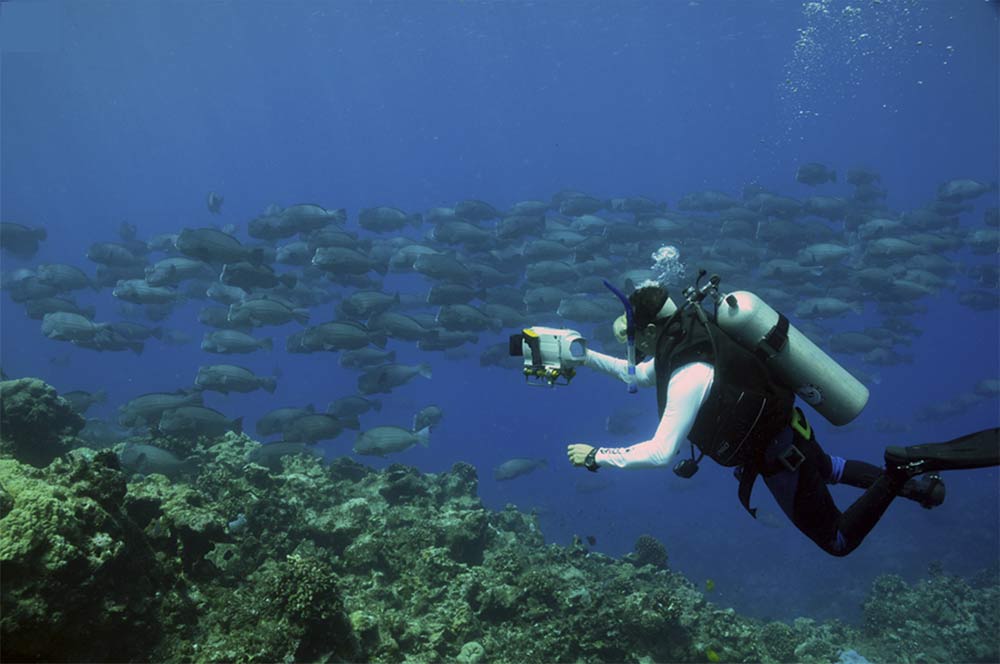
While diving off Wake Atoll in the North Pacific, researchers discovered a bizarre head-butting behavior in the bumphead parrotfish that live there. The violent collisions occurred at spawning grounds. Shown here, a partial spawning aggregation of of the bumphead parrotfish consisting of 246 individuals.
Who's In Charge?
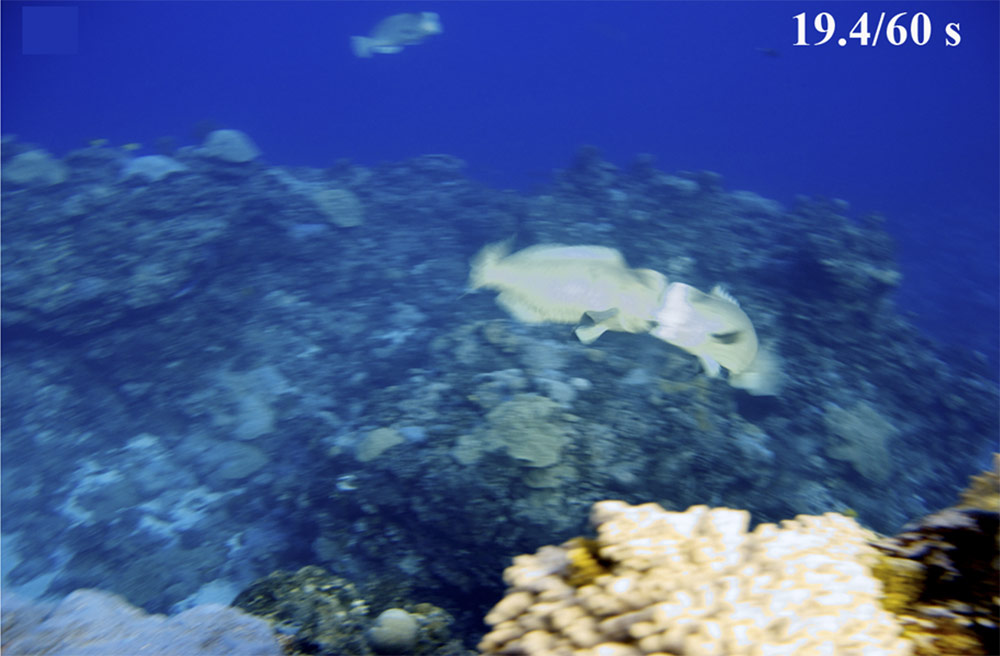
The second head-butt, shown here, between two male bumphead parrotfish. The butting makes such a loud sound that at first the researchers thought it sounded like a spear gun.
You Win
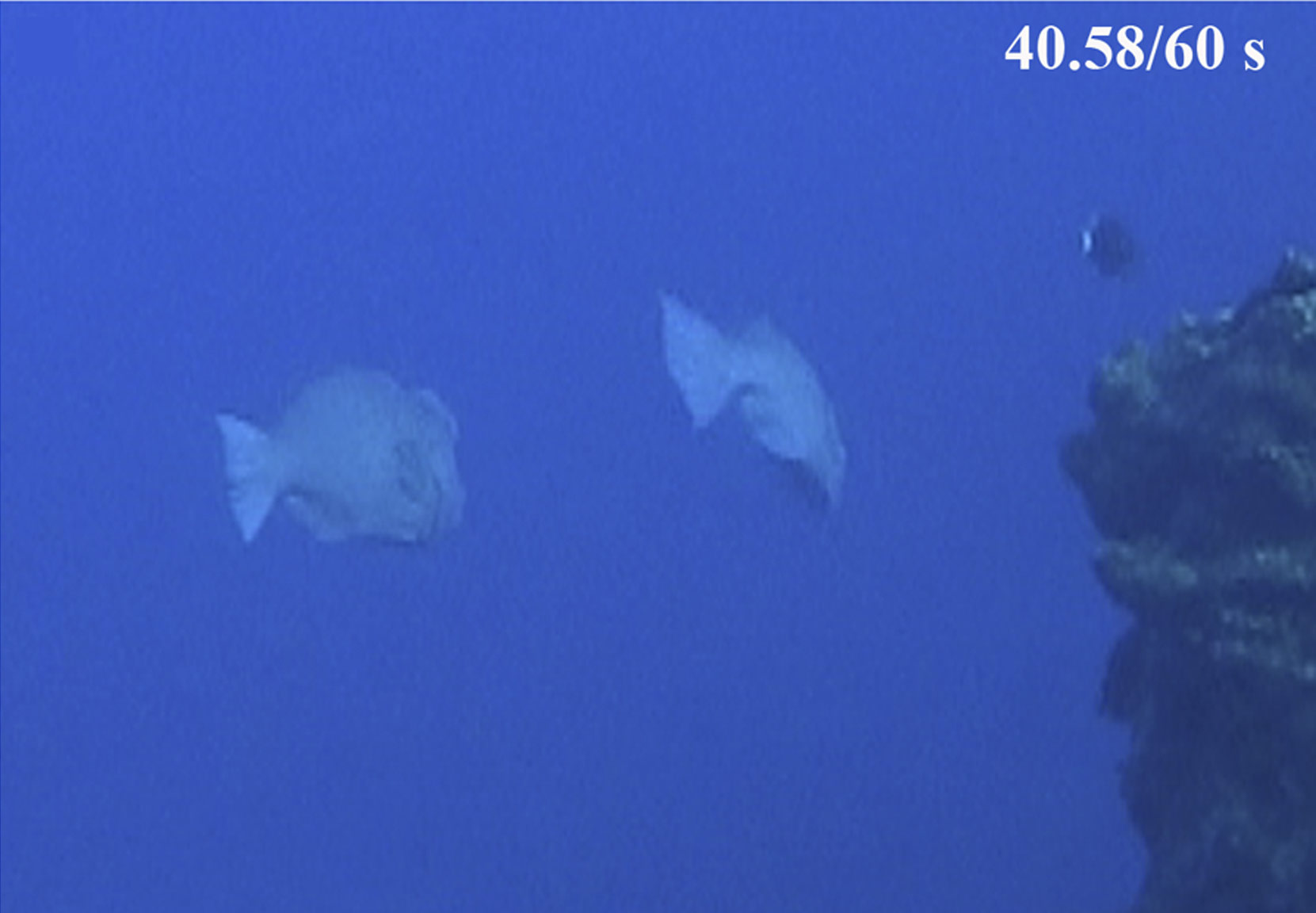
Here, following the fourth charge, the subordinate male (right) capitulates, rapidly fleeing the area with use of the caudal fin.
Bumpy Head
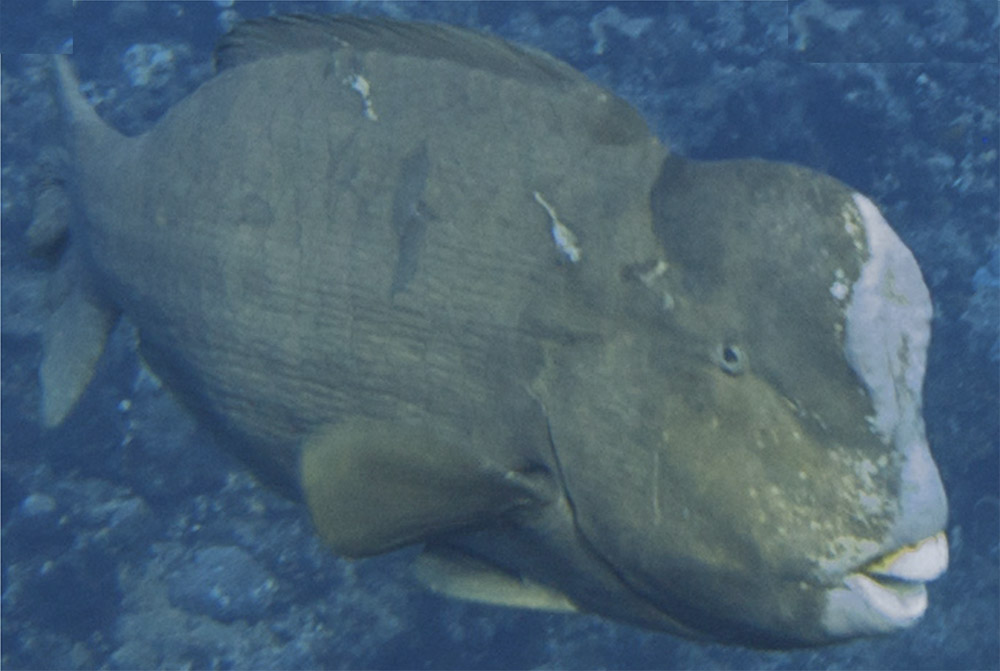
The dominant male, showing scale damage on back and side, is shown here following the head-butting bout. The giant bumphead parrotfish (Bolbometopon muricatum), which can reach 4 feet (1.3 meters) long and 100 pounds (46 kg), is named for its bulbous foreheads (shown here); its eccentric look gets a boost from the pouty lips and yellowish-to-pink face.
Different Foreheads
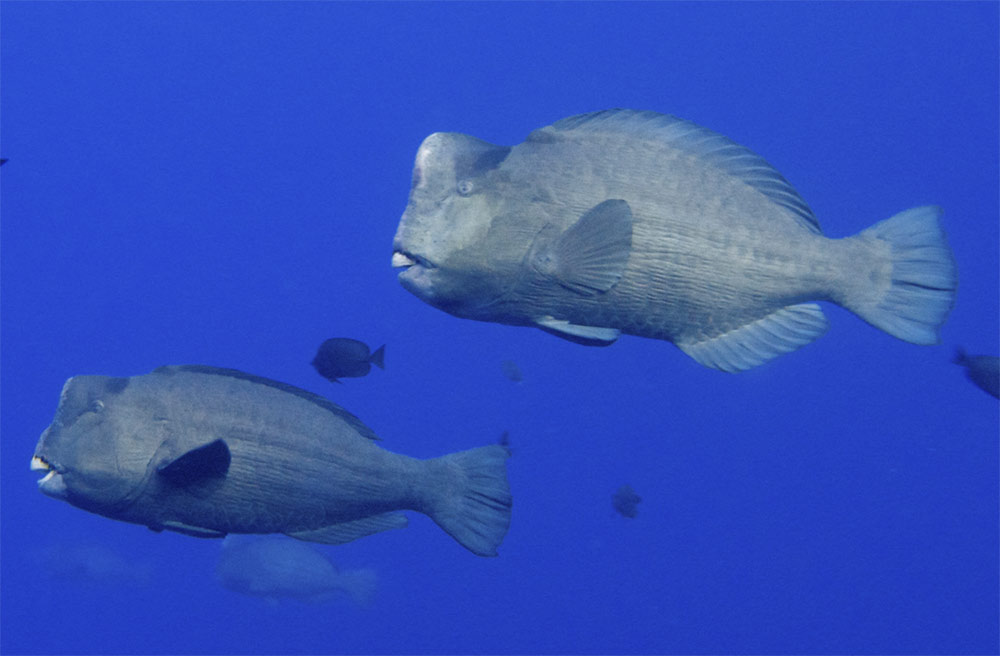
A female Bolbometopon (lower fish) and male (upper), illustrating the differences between the sexes in forehead and size; the female's forehead slopes caudal to the beak, but is nearly parallel with the beak in males. Males are also typically larger than females.
Sexual Selection
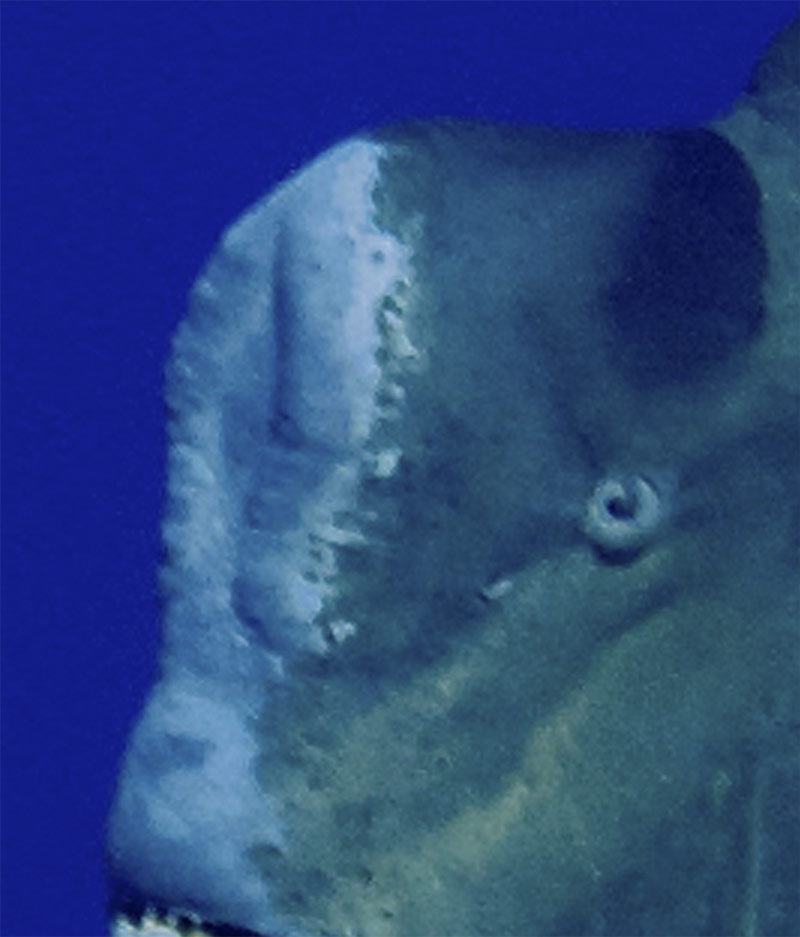
Here, a closer look at the male parrotfish's ossified bump atop its head. The researchers suspect sexual selection played a role in the development of the bump and the head-butting behavior it allows.
Wake Atoll

The researchers conducted surveys on a biennial basis by the NOAA Coral Reef Ecosystem Division. Circles indicate the total number of fish observed at each location around Wake Atoll in the North Pacific Ocean.
Get the world’s most fascinating discoveries delivered straight to your inbox.
Jeanna Bryner is managing editor of Scientific American. Previously she was editor in chief of Live Science and, prior to that, an editor at Scholastic's Science World magazine. Bryner has an English degree from Salisbury University, a master's degree in biogeochemistry and environmental sciences from the University of Maryland and a graduate science journalism degree from New York University. She has worked as a biologist in Florida, where she monitored wetlands and did field surveys for endangered species, including the gorgeous Florida Scrub Jay. She also received an ocean sciences journalism fellowship from the Woods Hole Oceanographic Institution. She is a firm believer that science is for everyone and that just about everything can be viewed through the lens of science.
